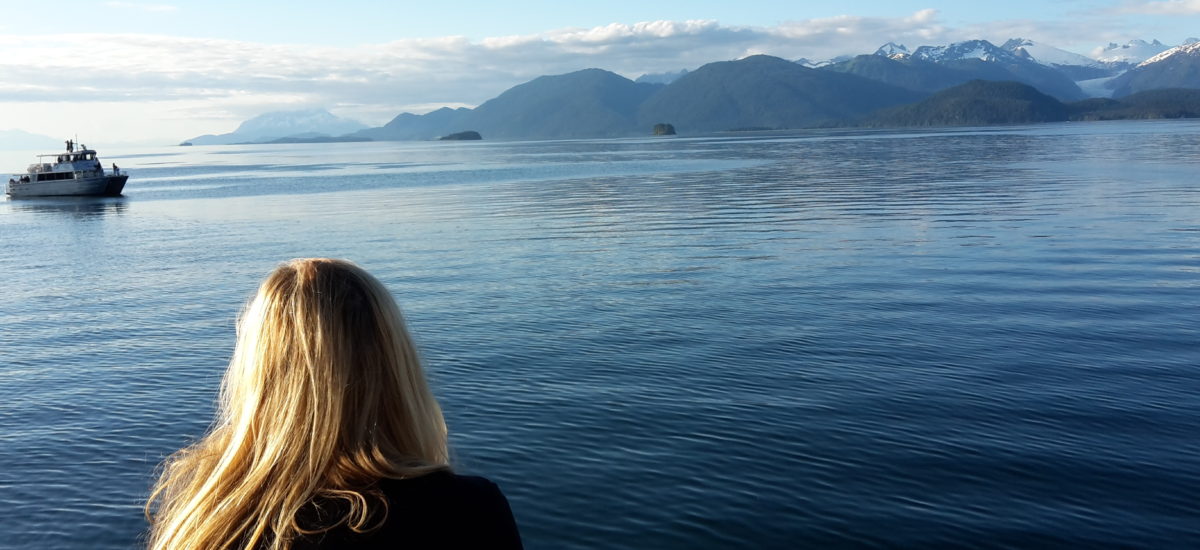
When I was developing the character of Joey, a despondent Army veteran for my novel Virgin Snow, I found it necessary to research and reflect upon the sad time in American history when we were engaged in a war with North Vietnam. The conflict had long-term and debilitating effects on many American military members who served there in support of South Vietnam in the late 1960s and early 1970s, and a devastating impact on what would eventually become the unified nation of Vietnam.
I remember the scenes of the chaotic US withdrawal from Vietnam in 1975, with helicopters landing on rooftops, trying to extricate as many remaining Americans and South Vietnamese allies from Saigon as possible. Back then, newspaper articles and nightly TV broadcasts told us the story of how the war ended, but not what happened next.
In the process of trying to capture the effect of the war on my novel’s character, I grew more curious about this aspect of the historical record: how had the country of Vietnam fared over the past five decades? I was lucky enough to have the opportunity to travel to this part of the world recently to see for myself how things had progressed.

It became quite obvious within hours of our arrival that tourism is now a major contributor to the Vietnamese economy, at least in the big cities. Hotels and restaurants are filled with tourists, and buses and taxis jockey with endless swarms of motorbikes for space on the highways. It’s difficult to navigate Hanoi’s city streets on foot because sidewalks are jammed with parked scooters, street food sellers, and bewildered-looking tourists trying to read maps in a language they cannot decipher. Crossing the street was perilous, and we were advised to venture forward “like sticky rice,” that is, all in one big clump. We had the chance to visit important cultural sites like the Temple of Literature in Hanoi, beautiful Ha Long Bay, and the Independence Palace in Ho Chi Minh City (formerly Saigon), but thanks to our fellow tourists, the lines and the wait could be long.

A friend and I landed in Hanoi in mid-February buffeted about by winds. Our views of the sprawling city, once the target of American B-52 bombers, were obscured by drizzling rain. Once on the streets, our driver was surrounded by thousands of motorbikes snaking through traffic as we crawled toward our hotel, and as we looked about, we saw a curious blend of structures both ancient and modern, including hallmarks of colonialism (French), communism and, these days, capitalism. Perhaps the most amusing sight was the motorbikes equipped with little umbrellas, intended solely to shield mobile phones from the sometimes scorching sun.

Tourism is not the only sign of prosperity in this country of nearly 100 million people. I asked our tour guide (“Just call me V”) what he considered to be the most important changes in Vietnam over the past 50 years, and the first thing “V” mentioned was the government’s decision in 1986 to move from a centrally planned economy to a market-based one. The economic reforms that resulted from that decision led to rapid growth, urbanization and infrastructure development which continues to this day, making Vietnam one of the fastest growing economies in the world. (Just check the label on an item of clothing you recently purchased, and you’ll see what I mean.)

Separate and apart from the statistics, there is a vitality here that is infectious. Nearly half of the Vietnamese population is under the age of 25, and young people dominate the streets of the big cities. American and European brand names are ubiquitous, as are coffee shops and electronics stores. Vietnam is now a major coffee producer, and the coffee shops have gotten creative in developing distinctive flavors for their young clients. My favorite was “salty cream coffee,” but the coconut and egg coffees were pretty good too.
Nothing surprised me more, however, than how warm and welcoming the Vietnamese people were to us Americans. Much has been done in the past fifty years to heal the wounds of the conflict that killed or maimed so many on both sides. Programs to find and repatriate the remains of our missing soldiers and airmen, to support orphanages for the descendants of Vietnamese soldiers and citizens, and to detect and remove the land mines and unexploded bombs that dotted the landscape, have gone a long way towards improving relations between our countries, as have the visits of a number of US Presidents after the conclusion of hostilities.

As I wrap up my trip here, I cannot help but leave impressed, not only by the cultural and physical beauty of Vietnam, but also by the spiritual beauty of the Vietnamese people. While the Vietnamese still remember and honor the sacrifices made by their ancestors during the many conflicts that led to their independence, they have been able to move on and establish healthy relationships with former enemies. Forgiveness is an important element of Buddhist philosophy, and although Buddhism is not an official religion in Vietnam, its teachings are practiced by many.

These practitioners believe that letting go of the past is a way to end suffering, and to bring peace and harmony into one’s life. If more people would practice this philosophy, I believe the world would be a far better place. How about you? Please leave your thoughts in the comment section below.

Moxie Gardiner is a writer, gardener, and traveler who grew up on the West Side of Buffalo, NY. In a previous life she was a journalist, magazine editor, speech writer, and policy wonk. Back in the day she made three solo parachute jumps, flew in an F-15 fighter jet, and crawled through mud pits in Panama. She now meditates and practices yoga. Virgin Snow is the first novel in what she hopes will be a trilogy. She is currently working on Book Two.







